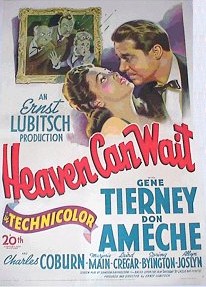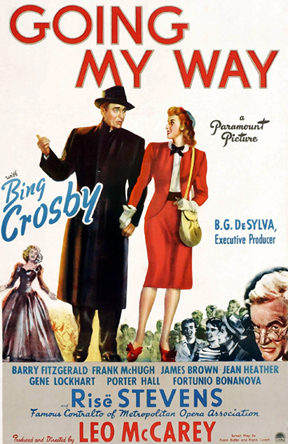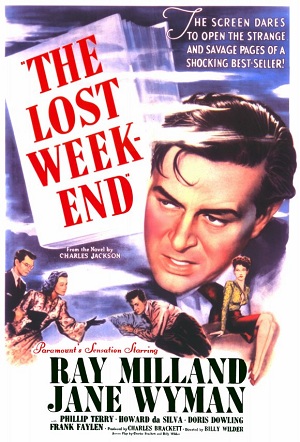Hello and welcome to the start of TSL’s annual October horrorthon! All through the month of October, our focus will be on horror. We will be sharing reviews and thoughts on some of the best (and worst) horror films ever made! I have to admit that this is my favorite time of the year. I love horror … like all good people!
I want to start things off by taking a look at a film from 1945. The Picture of Dorian Gray is based on the famous novel by Oscar Wilde (a novel that some people think was inspired by the Jack the Ripper murders). Dorian Gray (played by Hurd Hatfield) is a young and handsome aristocrat who lives in 19th century London. When we first meet him, Dorian is intelligent, kind and virtuous. He’s also more than a little boring. He is the bland face of the establishment, a man destined to be celebrated for his position in society and largely forgotten after his death.
Dorian is posing for a painting that’s being done by his friend, an artist named Basil Hallward (Lowell Gilmore). One day, Lord Henry Wotton (George Sanders) stops by the studio while Basil is painting Dorian. Lord Henry is everything that Dorian Gray is not. He’s a worldly and cynical man and he is very proud to live a life devoted to complete and total hedonistic pleasure. He immediately sets out to corrupt Dorian and it turns out to be a lot easier than he was expecting. Henry convinces Dorian that he can have everything that he wants as long as he’s young and handsome. Dorian announces that he wishes the painting could age instead of him…
Now, here’s where the film takes a huge departure from Wilde’s novel. In the novel, the painting ages while Dorian stay young. No specific reason is given. Instead, it’s just something that happens. In the film, it turns out that Basil owns an ancient Egyptian statue and that the statue has mystical powers. Dorian makes his wish in front of the statue and that’s why the painting starts to age. Personally, I think the bit with the Egyptian statue is unnecessary and a little bit silly. To me, the story is a lot more effective if the painting starts to age without an explanation. The filmmakers obviously disagreed.
But no matter! In the end, the Egyptian statue isn’t that important. What is important that, freed from getting old or physically suffering for his actions, Dorian transforms into a different person. Soon, he’s even more hedonistic than Lord Henry. When he breaks the heart of a tragic singer named Sybil Vane (Angela Lansbury, in a poignant and Oscar-nominated performance), Dorian sees that the painting is now cruelly smirking while his own face remains innocent and untouched. When Dorian eventually commits a murder to keep his secret from getting out, the blood appears on the painting’s hands while his own remain clean.
And the years pass. Dorian finds himself both being hunted by Sybil’s brother (Richard Fraser) and falling in love with the niece (Donna Reed) of a man that he earlier murdered. Dorian never ages but his portrait becomes more and more twisted. What’s particularly interesting is that we see little of Dorian’s evil actions. Instead, we watch and listen as other characters whisper about the horrific things that he’s done. Physically, Dorian remains an innocent and young aristocrat. But all we have to do is look at the picture and we can see what a monster Dorian has become…
The Picture of Dorian Gray is an absolutely gorgeous film, one that is full of elaborate sets that are often cast in shadow. (It’s interesting to note that the more corrupt Dorian becomes, the darker and more shadowy his estate becomes.) The film is in black-and-white, with the exception of three scenes in which the portrait is revealed in all of its Technicolor glory. If that sounds like a gimmick … well, it is. But it’s an amazingly effective gimmick.
The Picture of Dorian Gray is a classic exercise in psychological horror. See it the next chance you get!





